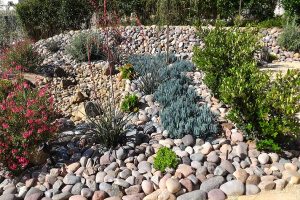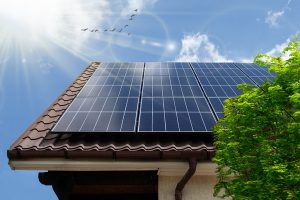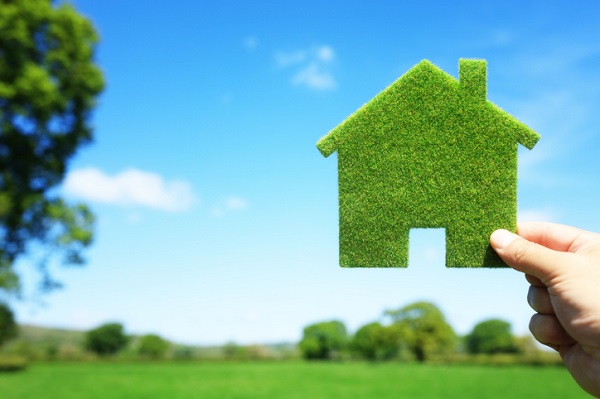Going Green is an important consideration for builders and home buyers. It’s difficult—if not impossible—and potentially disadvantageous to view Going Green as a passing fad, an overly idealistic mind-set, or a hippy-dippy movement by people who won’t ever own a home. Here are a few ways you can cash in on Going Green while fulfilling your clients wants.
Energy efficiency is super important

As the Sioux City Journal reported, a recent survey from the National Association of Home Builders (NAHB) found several interesting things.
- Buyers are willing to pay more for homes that are certified energy efficient.
- More than 80% of surveyed buyers would prefer an ENERGY STAR rating for their home.
- Buyers said they’d pay an extra $8,000+ to save $1,000 a year in energy costs.
Somewhat coincidently, energy prices have soared in the United States. Buyers of newly constructed homes seem willing to pay a little more now to potentially save a larger energy-related sum in the long term.
Capitalizing on energy efficiency
Since buyers state that energy efficiency matters to them, consider providing a few (or all) of the following energy-efficient items:
- Windows and doors
- HVAC systems
- Appliances
- Lighting
Water conservation is a growing need

Large swaths of the United States (particularly, the West) are smack in the middle of a historic drought. Many of these areas—like Colorado, Idaho, and Texas—are also experiencing rapid growth, compounding water shortages.
Some places are feeling the sting of drought so badly that they’re taking more extreme measures to promote water conservation. In Aurora, Colorado, the mayor has proposed banning ornamental turf grass and water features in new developments and redevelopment projects, beginning in 2023.
This kind of change may become more common in areas with little rainfall and growing population densities. As a builder, you may want to consider committing to xeriscaping new homes.
Conserving water via xeriscaping
Xeriscaping is a method of landscaping that requires very little water. It focuses on using shrubs, succulents, perennials, and rocks to create a striking look that also conserves water.
With the right mix of low-water plants and hardscaping decoration, you can create landscapes that look good and require fewer than 15 inches of water a year.
In addition to helping your buyers conserve water—potentially saving them money—xeriscaped homes generally require less maintenance than a turf grass lawn. That can save them time, too.
Solar energy is emerging

Finally, solar energy continues to emerge as a popular energy source. In fact, in 2020, California began requiring builders to provide solar energy as an electricity source in its building code.
While other states may not be as aggressive as California in pursuing solar energy, some offer incentives to builders who provide solar as an energy option.
Solar energy can be more fickle based on your region. But if you work in areas with lots of sun and rising energy costs, solar could be the future. It’s more attractive to buyers than ever, can help your buyers save on energy costs in the long term, and help you differentiate your builds.
Learn how you can protect your business and add valuable selling points to your new builds with a 2-10 HBW structural warranty.
Related content
Kitchen & Bathroom Essentials, According to Homeowners








